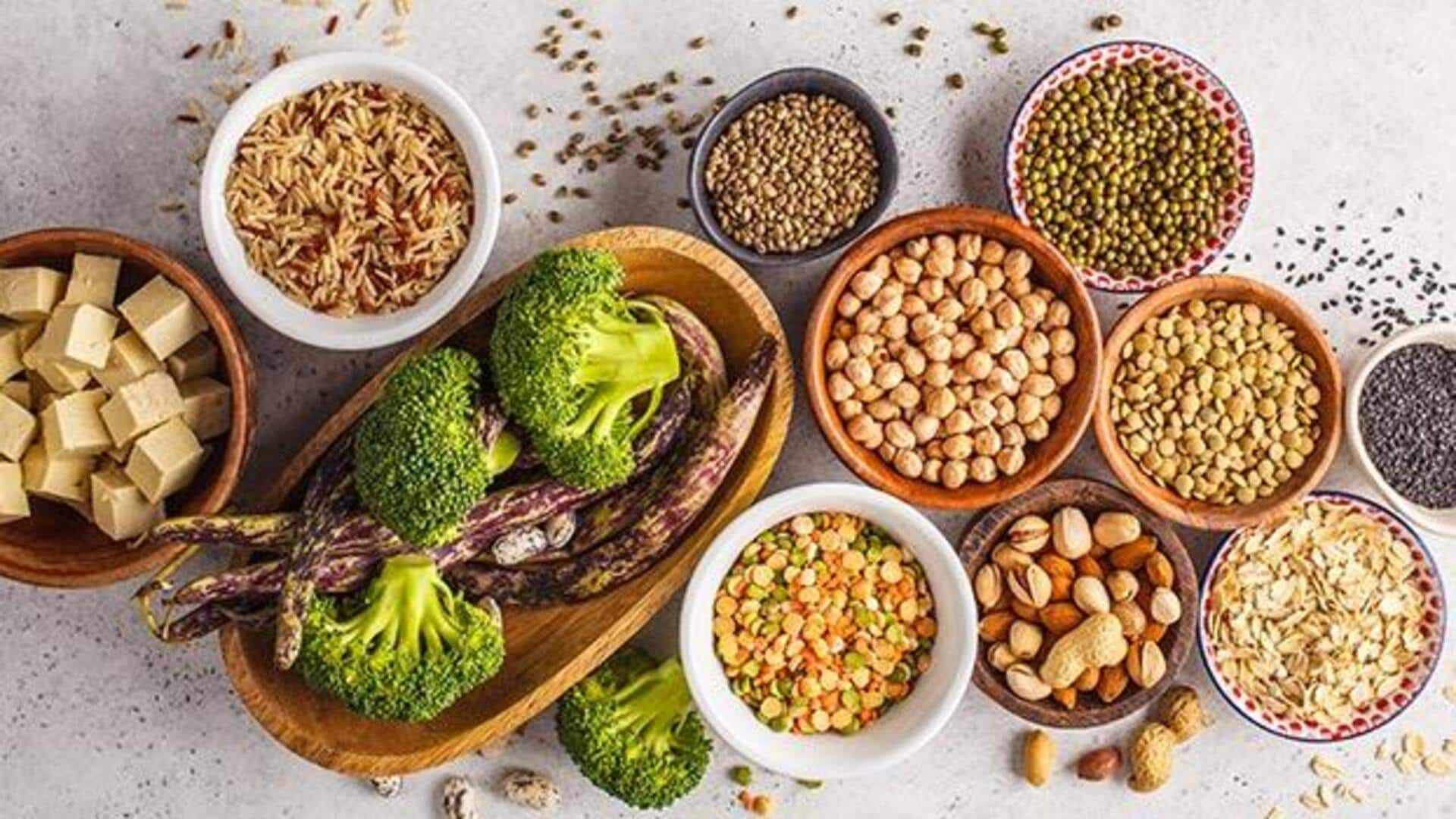
What is macrobiotic diet? Why should you read about it
What's the story
Macrobiotic diets emphasize the harmony of yin and yang in food for holistic health and well-being.
This Japanese philosophy has traveled to Indian kitchens with a flavorful spin.
Indian food, with its rich tapestry of flavors and ingredients, provides a treasure trove of options for the macrobiotic enthusiast.
This article delves into how our beloved Indian breakfasts can be given a macrobiotic diet twist.
Whole grains
Whole grains at the heart
Whole grains are the backbone of macrobiotic diets, providing balanced nutrition.
In Indian breakfasts, dalia (broken wheat) is the perfect example.
Cooked with water or plant-based milk and flavored with warming spices like turmeric and cumin, it delivers essential nutrients and fiber to support digestion.
Plus, you can add seasonal veggies for extra vitamins and minerals, all without upsetting the body's equilibrium.
Fermentation
The power of fermentation
Fermented foods are key to improving gut health as they introduce beneficial bacteria into your diet.
Idli and dosa stand out as healthy fermented breakfast options in India.
Crafted from rice and urad dal (black lentils), these dishes are fermented overnight, unlocking a higher bioavailability of nutrients.
Pairing them with sambhar (a lentil-based vegetable stew) adds protein to your meal, while keeping it light and easily digestible.
Seasonal produce
Embracing local fruits and vegetables
Adding seasonal fruits and vegetables to your breakfast guarantees a daily dose of diverse antioxidants, vitamins, and minerals.
The macrobiotic diet places a strong emphasis on seasonal eating, aligning your meals with nature's cycles for maximum health benefits.
Seasonal fruits (think mangoes in summer or guavas in winter) can be incorporated into your morning meal as a fresh element or blended into smoothies to complement traditional dishes.
Nuts/seeds
Nuts and seeds: Small but mighty
Nuts and seeds are packed with healthy fats, proteins, and a range of micronutrients that play a key role in balancing a macrobiotic diet.
A sprinkle of flaxseeds or pumpkin seeds on your morning porridge, or a handful of almond slivers added to your fruit bowl, can elevate flavor while promoting satiety.
This way, you start your day on a full and nutritious note.
Mindfulness
Mindful eating practices
The macrobiotic philosophy also applies to how you consume your food, with a strong emphasis on mindfulness during meals.
Eating at a slow pace, thoroughly chewing your food, and eliminating distractions such as television or smartphones are encouraged.
These habits not only improve digestion and nutrient absorption but also cultivate a deeper appreciation and connection with the food you eat.